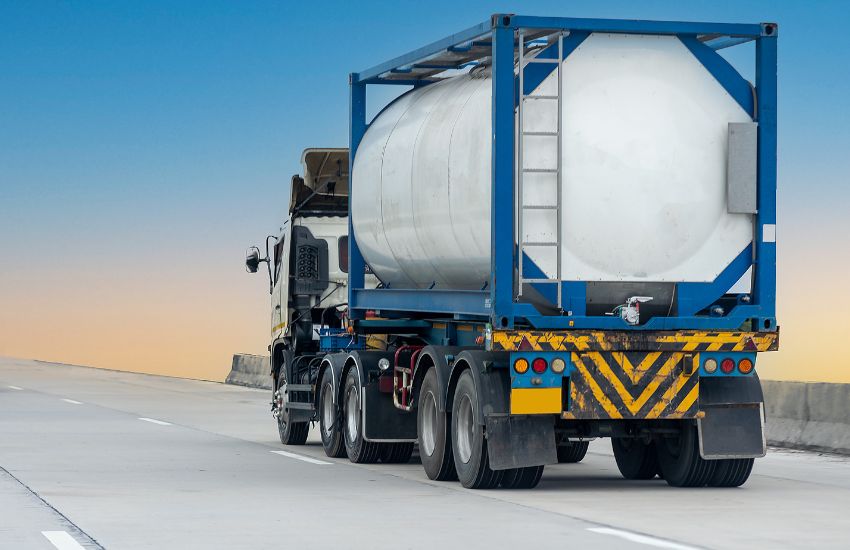The Simple Tank Container Guide: Five Things You Need to Know
Isotanks or tank containers are a safe and popular mode of transport for liquids and gases. This simple tank container guide introduces the booking process and focuses on best practice approaches, including selection, maintaining quality, depot process, handling, and safe operations.
Shippers need to evaluate if tank containers are the best option for them, compared to drums, flexitanks, or parcel tankers, for example. On top of the technical capabilities at loading and unloading facilities, a comparison must include volume efficiency, handling and storage fees, delivery costs, empty returns, product losses, and cleaning. There are also environmental considerations such as the risk of product leakage, recycling, and disposal.
This article is written by Rudi Stalmans and featured in the 2021 Tank Container Supplement of Tank News International.
Booking a tank container
According to ITCO, the top 10 tank container operators manage over 235,000 tank containers representing over 56% of the global operators’ fleet. The top three leasing companies account for nearly 155,000 tank containers, almost 55% of the total fleet. To book a tank, you can contact one of the operators for a comprehensive range of services, including door-to-door deliveries. Alternatively, you can lease tanks from a leasing company and manage your logistics. Tank container freight will be defined by the various market dynamics.
Selecting tank containers
The tank instructions in the IMDG code, or T-code system, identify tank containers with UN portable tank instructions T1 to T23 and look at pressure, tank shell thickness, the pressure relief device, and top or bottom opening. T11 is one of the most used tank containers. The dangerous goods list provides tank instructions required for each substance, portable tank instructions refer to the regulatory use of portable tanks, and the tank special provisions are related to design, construction, inspection, and testing. Finally, the alternative tank instructions provide information on other tanks that are allowed.
Maintaining quality and the depot process
Once tank containers arrive at the depot, they need to be cleaned and inspected, after which the repair station will issue an equipment interchange report against the tank container operator’s criteria. The depot will provide a repair estimate that needs to be approved by the tank container operator. Tests and inspections are according to the operator’s procedures and regulatory requirements. The tank container operator must monitor the test validity and arrange the inspections and tests. Finally, the depot will issue a pre-trip inspection report to confirm that the tank is ready for use.
Handling tank containers
Before use, a compatibility check for cargo, tank, and equipment is required. To know the minimum and maximum degree of filling, we need to check the IMDG code and the regulatory transport requirements in the countries we transport tanks. The loading can be done via top filling via the man-lid, bottom filling with the top airline valve open, or top filling with an enclosed system. Once filled, tanks need to display placards and marks according to the IMDG Code. The verified gross mass is also required. For the discharge, we need to focus on any heating requirements and the discharge operation. Unloading is mostly done via bottom discharge with venting via the top airline or vapor return. Also, to avoid extra cleaning costs, tank containers need to be drained properly.
Safe operations
Finally, it is critical to always monitor safety and quality during loading, transport, and discharge. If working on top of tank containers is required, the risks to consider include falls from height, access, contact with the product, and exposure to fumes.
I hope our simple tank container guide comes in handy to get you started with tank container logistics.
This is the first post in our tank container blog series. Continue to read our second post – Ten Tips For A Sustainable Shift To Tank Containers.
Photo Credit: Canva

